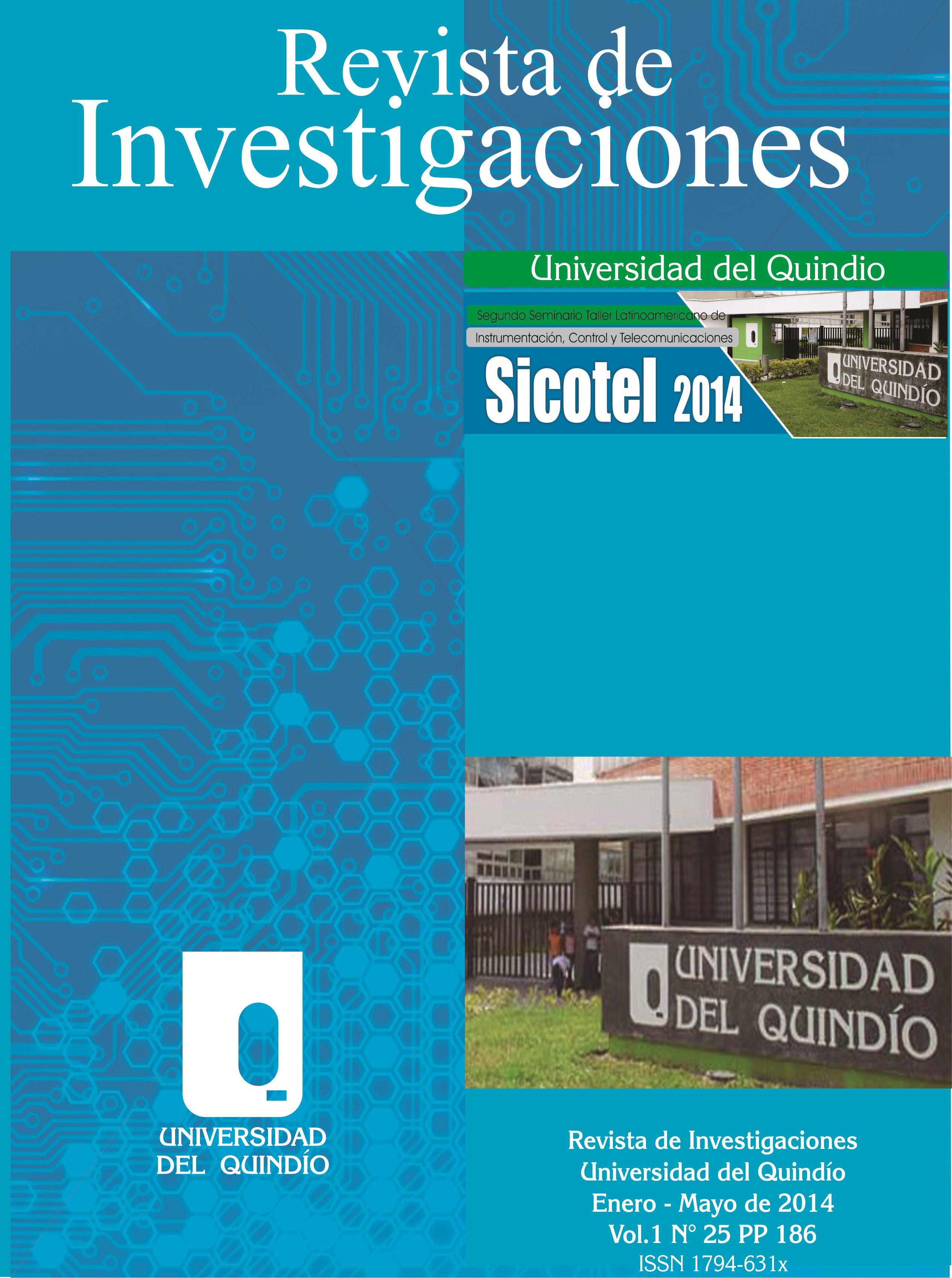Arquitecturas de software para entornos móviles
DOI:
https://doi.org/10.33975/riuq.vol25n1.145Palabras clave:
smartphones, estilo arquitectónico, arquitectura de software, arquitectura de software móvil, atributos de calidad, escenarios de calidad, screening questionResumen
El gran impacto que están causando los smartphones en la actualidad se debe en gran medida a la evolución de sus sistemas operativos, los cuales cada vez son más estables y robustos, lo que permite a los desarrolladores de software crear aplicaciones móviles de mayor tamaño y complejidad. Las aplicaciones móviles han ido más allá de los algoritmos y estructuras de datos, la especificación y diseño de la estructura general de un sistema de software móvil surge como un nuevo tipo de problema, y la arquitectura de software móvil como la solución a este. Esta investigación tuvo como objetivo definir una solución arquitectónica móvil que compartiera algunos de los principios más reconocidos de la arquitectura de software en general, y de esta forma ayudar a estandarizar y adaptar metodologías, procesos, enfoques y demás aportes significativos de la arquitectura de software moderna a entornos de desarrollo de software pequeños. La metodología de investigación adoptada para este proyecto es una adaptación del método científico de Francis Bacon, el cual consta de seis etapas: observación, inducción, hipótesis, prueba de hipótesis, demostración de hipótesis y teoría científica. El artículo se compone de 6 secciones: Introducción, Marco de referencia, Metodología, Proceso para la construcción de una arquitectura de software móvil, Resultados y Conclusiones.
Descargas
Descargas
Publicado
Cómo citar
Número
Sección
Licencia
Derechos de autor 2022 Revista de Investigaciones Universidad del Quindío

Esta obra está bajo una licencia internacional Creative Commons Atribución-NoComercial-SinDerivadas 4.0.


